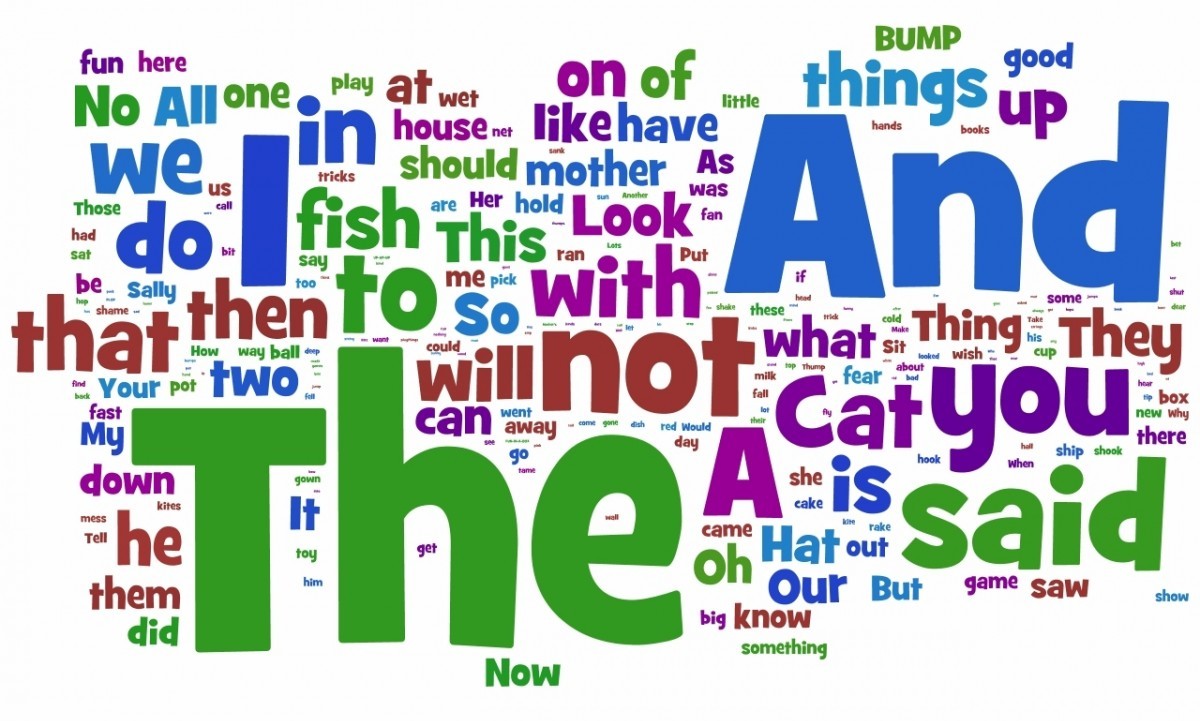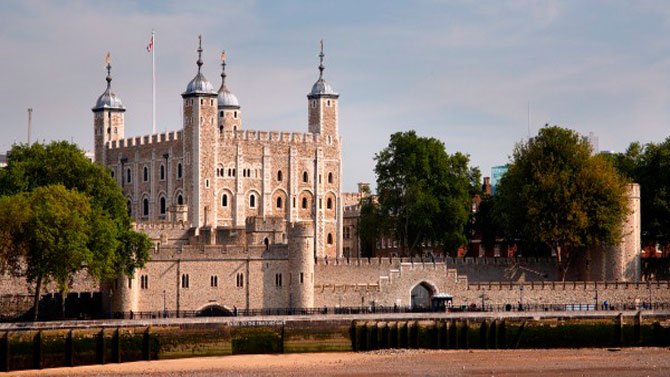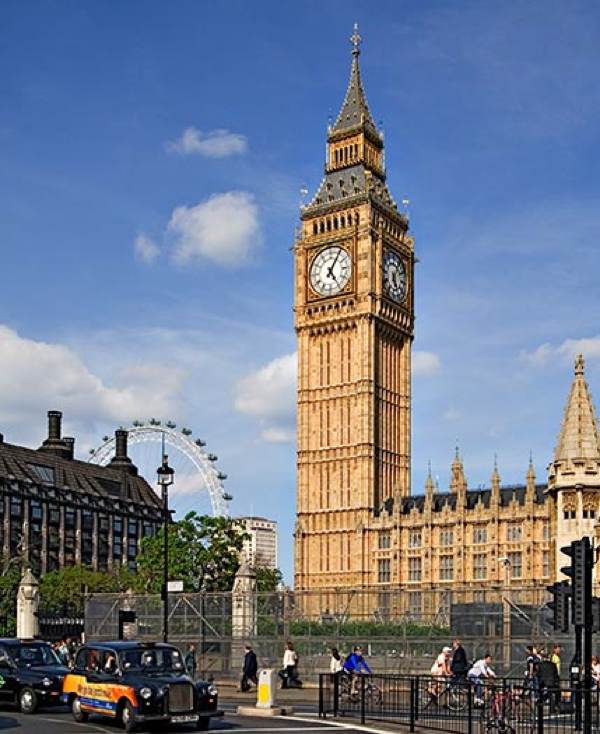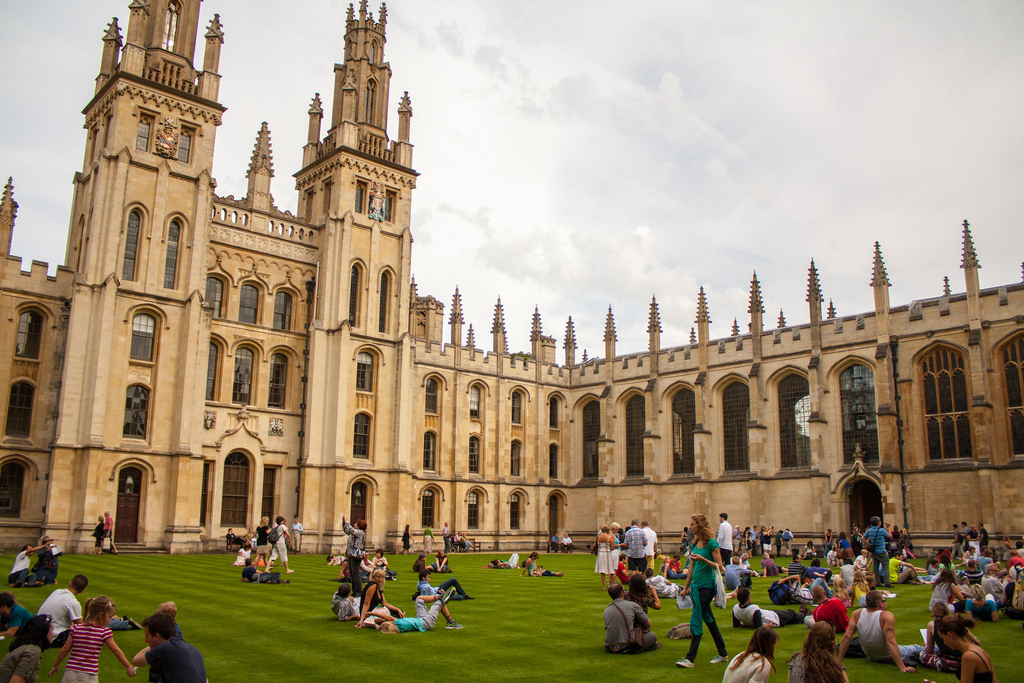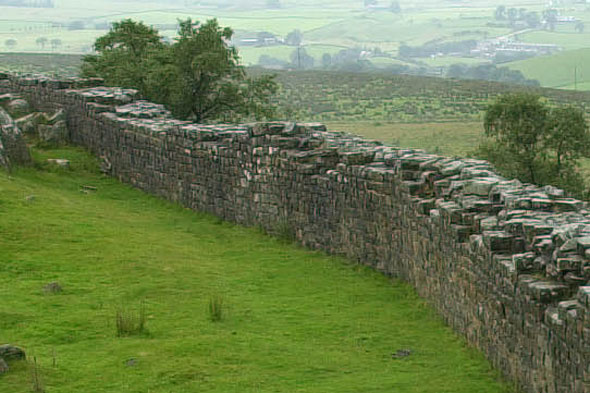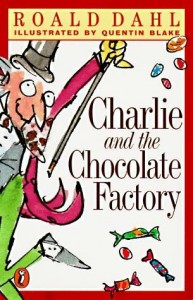Tower Bridge crosses the Thames from the Tower of London in the north to Shad Thames on the South Bank. You can walk or drive across it, but for the best views, visit the exhibition to access the high level walkways. It?s also worth being on the riverbank when the bridge opens to allow tall-masted ships to pass through ? opening times are published on the Tower Bridge website.
One of the world?s most famous fortresses, the Tower of London has seen service as a royal palace, prison, armoury and even a zoo. Today, it?s a World Heritage Site, where you?ll be dazzled by the Crown Jewels and hear tales from the Tower on tours given by the Yeoman Warders.
Buckingham Palace is the official residence of the Queen. Every August and September the Queen opens her home to visitors, giving you the chance to tour the lavish State Rooms and garden, and see some great treasures from the Royal Collection along the way. And don?t forget to catch the spectacular Changing the Guard ceremony – daily from May to July, and on alternative days for the rest of the year.
One of Britain?s most recognisable buildings, the Houses of Parliament sit on the River Thames grandly overlooking the water. You can book tickets to take a guided tour and discover the history – not to mention the grandeur – of these iconic buildings. Be sure to get a photo outside the famous bell tower, better known as Big Ben.
